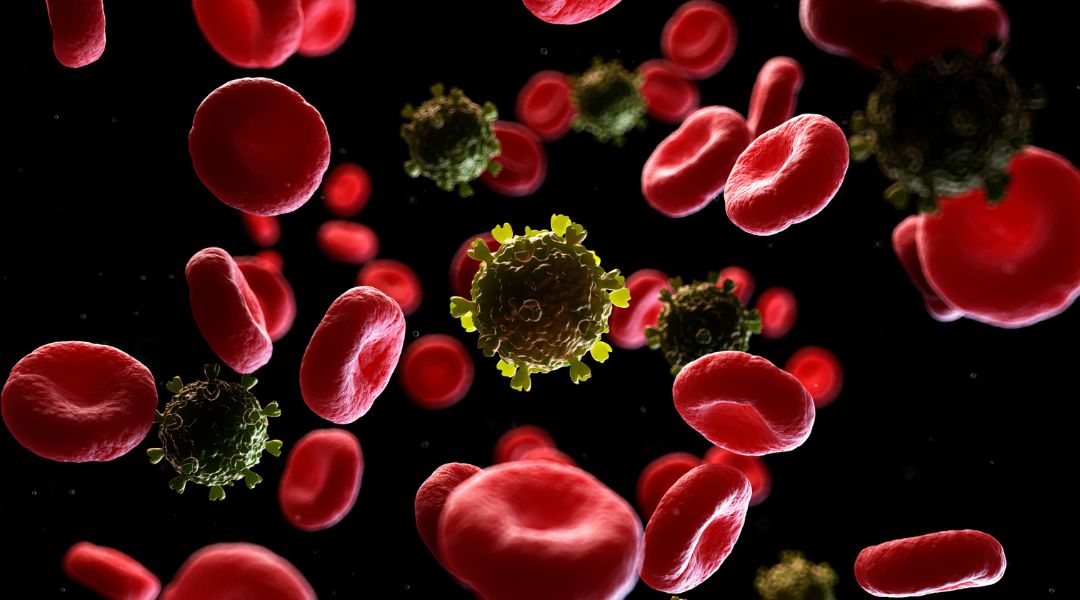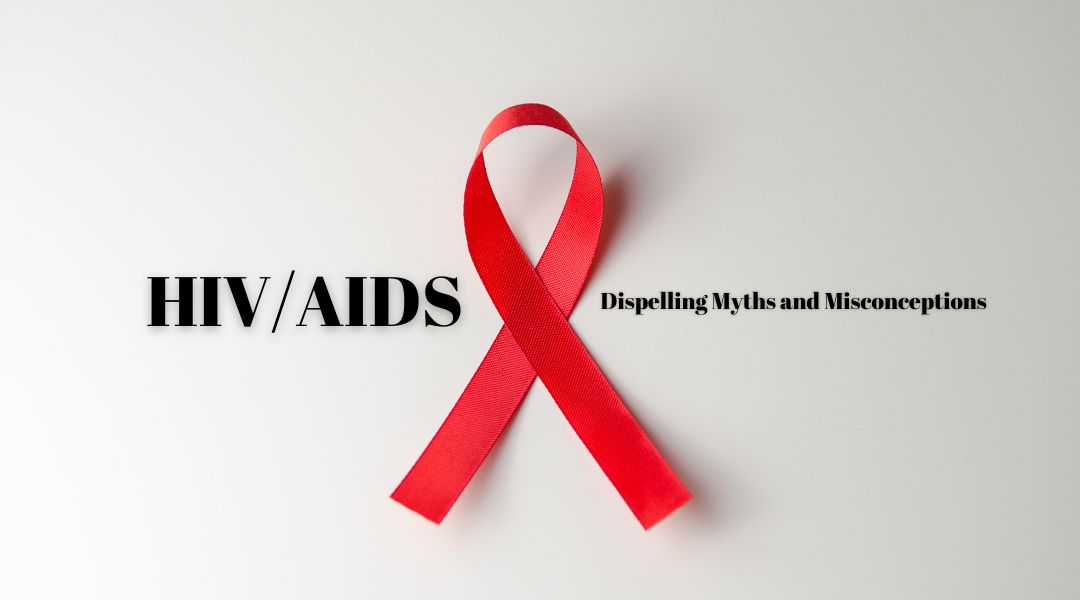HIV/AIDS is a complex disease that affects millions of people worldwide. Despite significant advancements in treatment and prevention, there are still many myths and misconceptions surrounding the disease. These myths can lead to fear, discrimination, and a lack of understanding, making it challenging for people living with HIV/AIDS to receive the support and care they need.
In this article, we dispel common myths about HIV/AIDS and provide accurate information to help promote understanding and awareness.
Myth: HIV/AIDS Only Affects Gay Men
One of the most persistent myths surrounding HIV/AIDS is that it only affects gay men. While it is true that gay and bisexual men are disproportionately affected by HIV/AIDS, anyone can contract the disease, regardless of their sexual orientation or gender identity.
HIV/AIDS is primarily transmitted through blood, semen, vaginal fluids, and breast milk. Therefore, anyone who engages in sexual activity or shares needles with an infected person is at risk of contracting the virus.

Myth: HIV/AIDS Can Be Spread through Casual Contact
Another common myth surrounding HIV/AIDS is that it can be spread through casual contact, such as hugging, kissing, or sharing food or drinks. However, HIV is not spread through normal, everyday activities.
HIV is primarily transmitted through blood, semen, vaginal fluids, and breast milk. Therefore, it is only spread through activities that involve the exchange of these bodily fluids.
Myth: HIV/AIDS Is a Death Sentence
Another myth about HIV/AIDS is that it is a death sentence. While HIV/AIDS was once a fatal disease, significant advancements in treatment have made it possible for people living with the disease to lead long, healthy lives.
Antiretroviral therapy (ART) is a type of medication that can effectively suppress the virus and prevent the progression of HIV to AIDS. With proper medical care and adherence to treatment, people living with HIV/AIDS can live full, productive lives.

Myth: You Can Tell If Someone Has HIV/AIDS by Looking at Them
Another myth about HIV/AIDS is that you can tell if someone has the disease by looking at them. However, HIV/AIDS does not have any physical symptoms that are visible to the naked eye.
People living with HIV/AIDS may appear healthy and have no visible signs of the disease. Therefore, it is essential to avoid making assumptions about someone’s health status based on their appearance.
Myth: HIV/AIDS Is a Punishment for Immoral Behavior
One of the most damaging myths about HIV/AIDS is that it is a punishment for immoral behavior. This myth is based on the false belief that HIV/AIDS is primarily spread through sexual activity or drug use, which are often stigmatized as immoral.
However, HIV/AIDS is not a punishment for immoral behavior. It is a disease that can affect anyone, regardless of their behavior or lifestyle. Stigmatizing people living with HIV/AIDS only serves to reinforce negative attitudes and beliefs and can discourage people from seeking the care and support they need.
HIV/AIDS is a complex disease that is surrounded by myths and misconceptions. Dispelling these myths is essential for promoting understanding and awareness and reducing the fear and stigma surrounding the disease. By understanding the facts about HIV/AIDS, we can promote a more supportive and inclusive environment for people living with the disease. This includes understanding how HIV is transmitted, the importance of early diagnosis and treatment, and the many ways in which people living with HIV/AIDS can lead full, productive lives.
